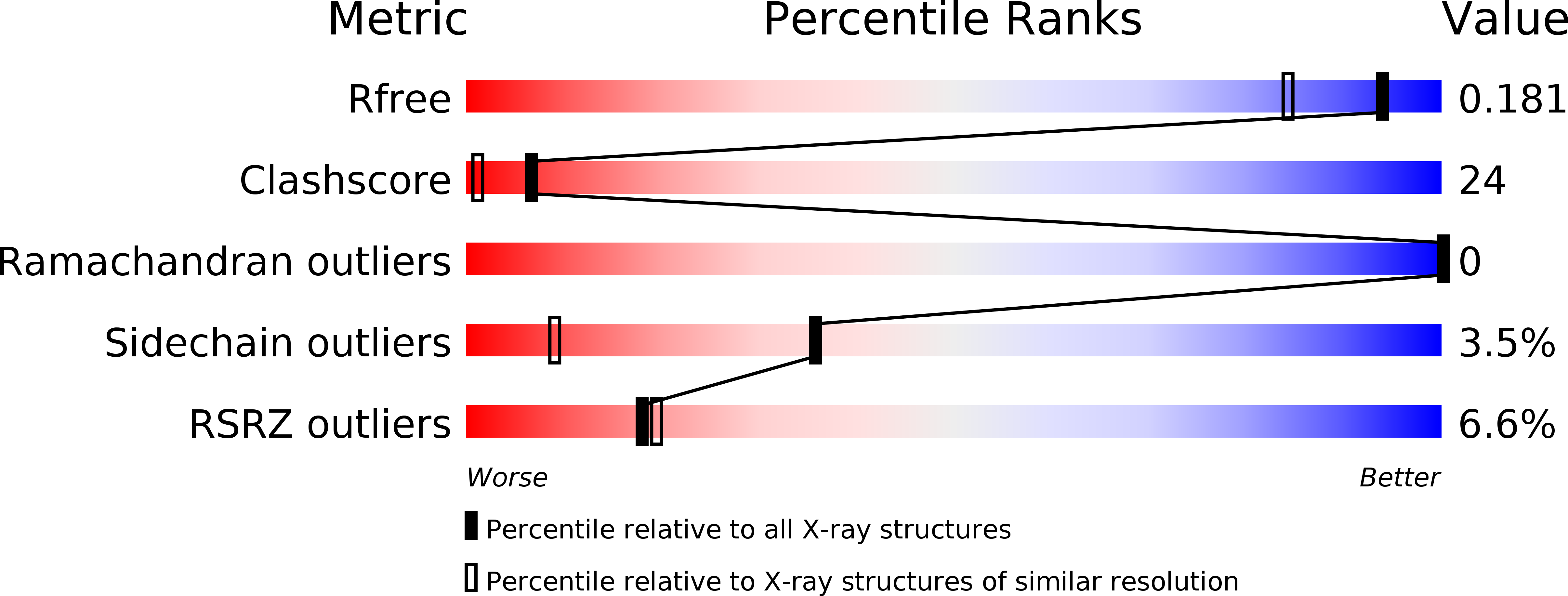
Deposition Date
2009-09-18
Release Date
2010-08-18
Last Version Date
2024-05-08
Entry Detail
PDB ID:
2WTP
Keywords:
Title:
Crystal Structure of Cu-form Czce from C. metallidurans CH34
Biological Source:
Source Organism:
RALSTONIA METALLIDURANS CH34 (Taxon ID: 266264)
Host Organism:
Method Details:
Experimental Method:
Resolution:
1.50 Å
R-Value Free:
0.18
R-Value Work:
0.15
R-Value Observed:
0.16
Space Group:
C 1 2 1


